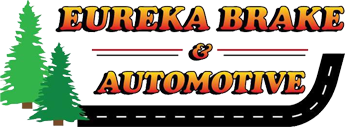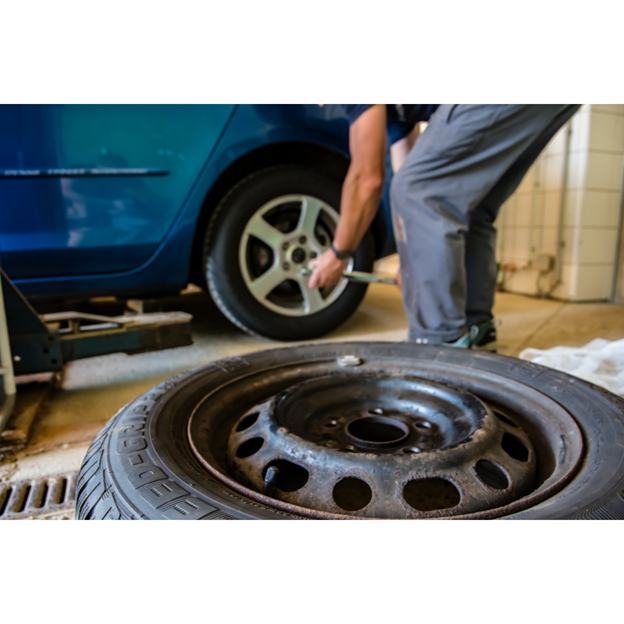A flat tire can ruin your day! After all, it rarely happens, and if it does, we can call someone and have them put on the spare. That's all fine and dandy if the spare is in good shape, but how many of us even think twice about the condition of our spare tires?
Spare tires age like any other tire. Even if your spare tire never sees any use, it is still affected by the passage of time. As tires age, the structural integrity can be negatively affected.
The spares that take the biggest beating are those mounted outside, such as those on SUVs and trucks. They might be on the tailgate or underneath the vehicle. These are exposed to water, dirt, salt, and road debris. The mounting hardware can become so corroded that you may not even be able to get the spare out of its holder, leaving you with no usable spare at all.
When you have your tires rotated, ask your Service Advisor to check the condition and inflation of the outside-mounted spare and its holder. A little lubrication and maintenance periodically can help keep them fit for action. Often the spare on an SUV or truck is the same size as the other tires and may be included in the regular rotation – check your owner's manual.
Many vehicles have compact spare tires that are sitting in the trunk and are out of sight …out of mind. They too can have low air pressure. Over time, the air can slowly escape. It's a good idea to have your service facility check the spare's pressure and condition at least twice a year, if not more frequently.
There are vehicles that don't have spares and may have an inflator kit. An inflator kit can't fix many tire punctures and failures. They frequently have a sealant in them that attempts to plug leaks and holes. That sealant has an expiration date and should be replaced when it expires. Again, ask Service Advisor if your inflator kit is up to date and working.
If you have a flat tire and your spare is in otherwise good condition, you may proceed with removing the bad tire and install the spare. Before driving, check to make sure it’s properly inflated and that there aren’t any damages such as punctures on treads or sidewalls. Stay in the right lane, turn on your emergency flashers, and drive to the nearest tire repair center. Avoid driving long distances and do not exceed speeds of 50 MPH. Spare tires should only be used in the event of an emergency to get to a repair shop, not driven for extended periods.
Be fair to your spare and show it you care.
Eureka Brake & Automotive <br/>707.443.2122 <br/>www.eurekabrake.com
Revised from content contributed by NAPA Service Assistant

